Healing & Natural Remedies
Zero-Cost Method to Increase Motivation and Dopamine | Neuroscientist Andrew Huberman [VIDEO+TRANSCRIPT]
Neuroscientist Andrew Huberman shares studies on how cold water exposure increases motivation and dopamine. This method increases motivation and dopamine...
Read moreDetailsHow to Make Chronic Diseases Disappear | Dr. Rangan Chatterjee
Can you actually make a chronic disease disappear? Dr. Rangan Chatterjee believes that you can. Often referred to as the...
Read moreDetailsA Revolution in Healing is HERE NOW | Advancing Beyond MedBed Technology | Dr. Sandra Rose Michael
Dr. Sandra Rose Michael, who has developed a healing technology that may be more advanced than “MedBed Technology,” is interviewed...
Read moreDetailsWorld Council for Health Reveals Spike Protein Detox Guide | Dr. Joseph Mercola
If you had COVID-19 or received a COVID-19 injection, you may have dangerous spike proteins circulating in your body. The...
Read moreDetailsSolfeggio Frequencies For Healing Your Mind, Body and Spirit
Solfeggio frequencies have been played for hundreds of years to raise the consciousness of humanity. #solfeggio #solfeggio frequencies
Read moreDetailsHow Music Can Boost Your Immune System During Coronavirus Lockdown
Do you know that music can help you boost your immune system and help people recover from illness? That’s really...
Read moreDetails6 Big Differences Between Natural Vs. Vaccine-Induced Immunity
At the time the UK government and media were pumping out a narrative that most people who were becoming infected...
Read moreDetailsIvermectin Shows Antiviral Effect Against Omicron: Japanese Pharma Firm
A Japanese pharma firm, Kowa Co. Ltd., determined that ivermectin has the “same antiviral effect” on all “mutant strains,” including...
Read moreDetailsTop Tips for a Healthier 2022 | Dr. Joseph Mercola
The start of a new year is often a good time to take stock and plan out beneficial lifestyle changes....
Read moreDetails9 Reasons to Include Ashwagandha in Your Health Regimen | Dr. Joseph Mercola
Ashwagandha contains compounds known as withanolides, which have not only antioxidant and anti-stress activities but also enhance immunity, protect the...
Read moreDetailsMost Comprehensive Study to Date: Omega-3 Reduces Heart Risks
The most in-depth analysis to date confirms the importance of omega-3 fats for heart health. If fatty fish is not...
Read moreDetailsLicorice Inhibits Replication of Coronavirus by Dr. Joseph Mercola
Glycyrrhizin was valued in ancient Arabia and Greece for treating coughs and in China for relieving irritation of the mucous...
Read moreDetailsFive Crystals That Can Help Improve Your State of Mind
If you’ve been feeling down lately, crystals can help you increase your vibration and block out the energy fields that...
Read moreDetailsThe ‘Runner’s High’ May Result From Molecules Called Cannabinoids – the Body’s Own Version of THC and CBD
A growing body of research points to the body’s natural cannabinoid system as the primary driver behind the runner’s high...
Read moreDetailsFlorida Surgeon General Promotes Nutraceuticals for COVID | Dr. Joseph Mercola
Dr. Joseph Ladapo has now issued a statewide public service announcement in support of commonsense COVID prevention strategies such as...
Read moreDetails


![Zero-Cost Method to Increase Motivation and Dopamine | Neuroscientist Andrew Huberman [VIDEO+TRANSCRIPT]](https://consciouslifenews.com/wp-content/uploads/2022/12/boost-moivation-andrew-huberman-350x250.jpg)




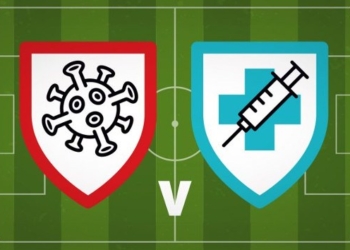

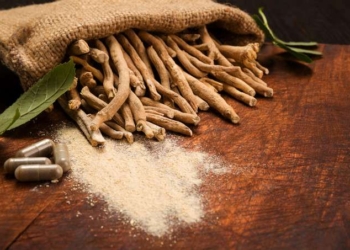
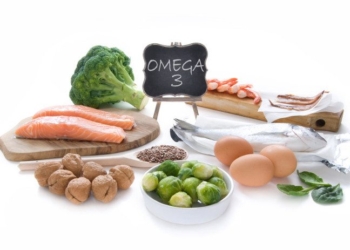
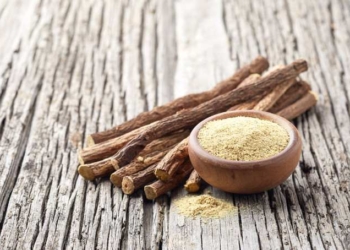
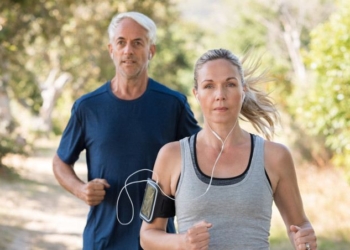
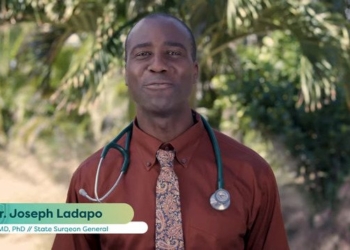



![Everything You Ever Wanted to Know About 9/11 Conspiracy Theory in Under 5 Minutes [VIDEO] | by James Corbett](https://consciouslifenews.com/wp-content/uploads/2018/09/911-a-conspiracy-theory-120x86.jpg)
